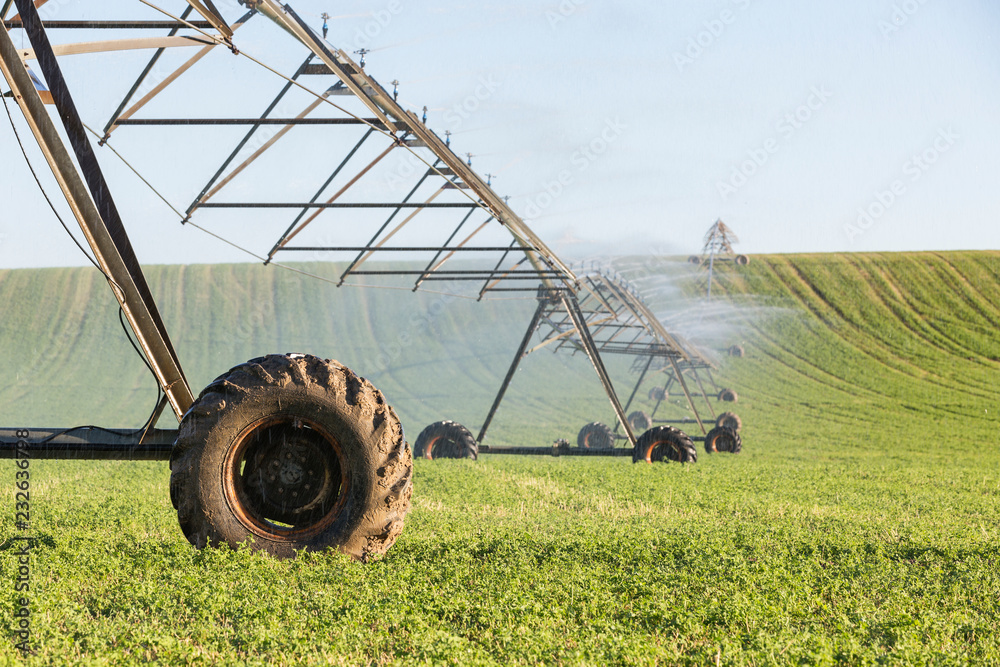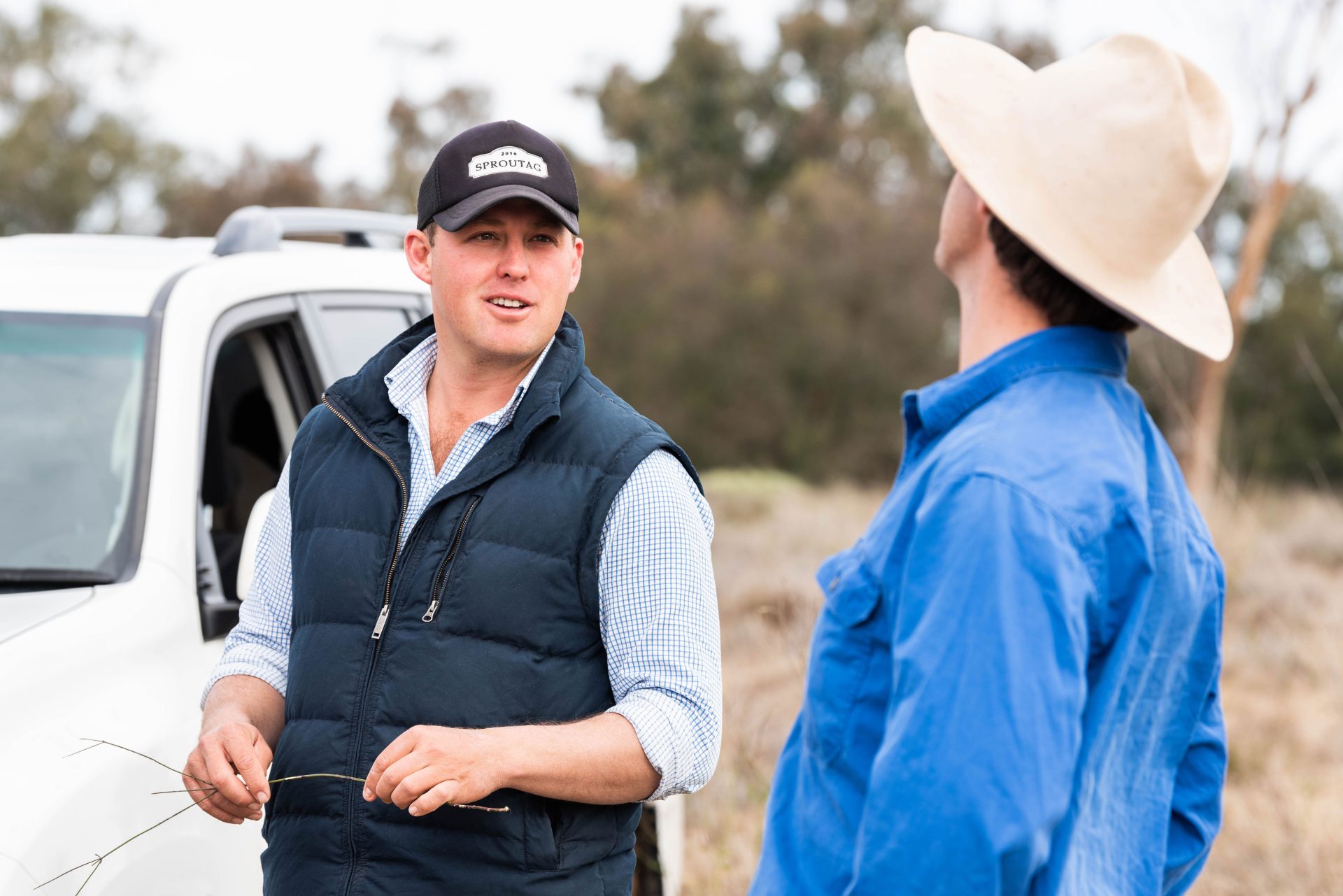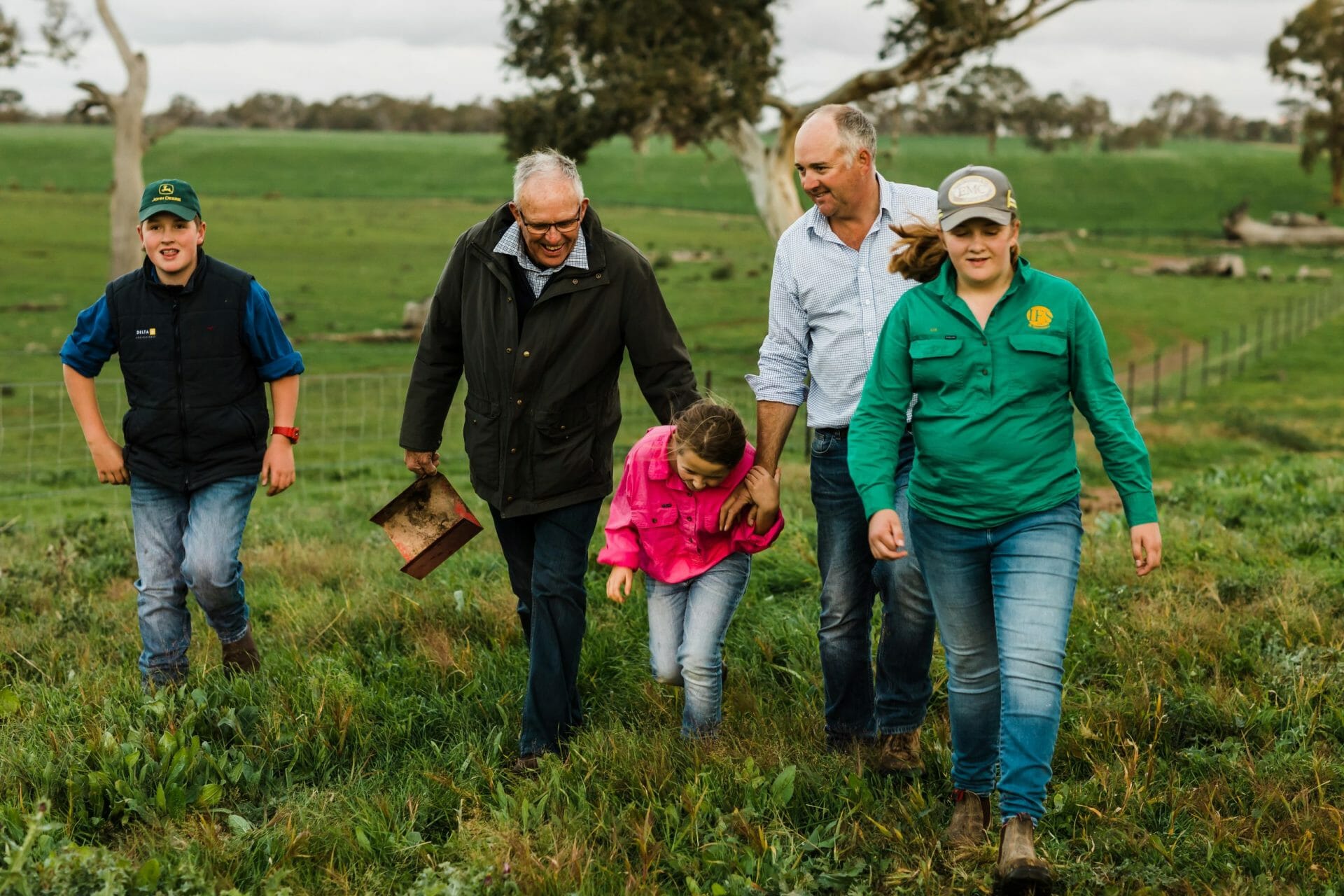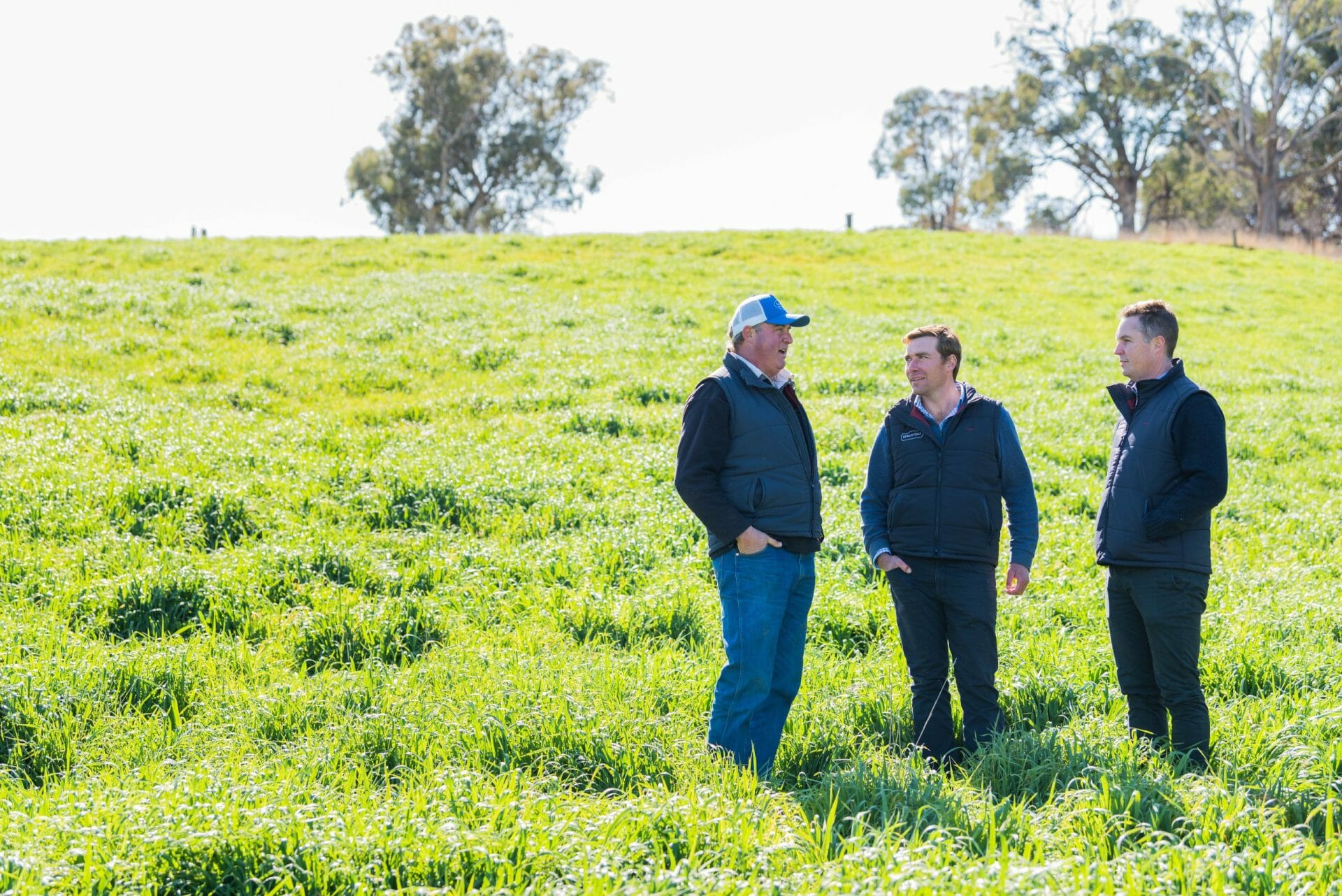The importance of well-structured debt and repayments.
As circumstances change, so too must we. Whether it be decreasing the stocking rate during a dry period, or re-structuring debt and repayments as interest rates rise, it is important to be on the front foot to make necessary changes in line with the current situation we find ourselves in. As a producer, it doesn’t matter if you’re located in Queensland or Victoria, or what type of operation you run, knowing how your debt is structured can be critical to your success. At SproutAg, we help a wide variety of producers, in particular those with mixed operations. Lower commodity prices (particularly in the livestock industry), rising interest rates off record lows and higher than normal input costs, means the need to adapt is more important than ever.
At SproutAg, we understand that the cost of debt is important and can often be one of the higher costs in a business. However, knowing the structure of your debt and ensuring that your repayments match your cashflow is even more important. As a business owner, it is crucial to review not only your current interest rate, but also (and more importantly) the structure of your debt.
Here are some key things to consider when reviewing your debt:
- Is the repayment cycle or interest timing still appropriate for your business?
- Do you have upcoming principal reductions? If so, do you know when they occur?
- Does your interest only period start converting to principal and interest repayments?
- Are your working capital limits still appropriate?
- How are you structuring your equipment finance and are you utilising Balloons appropriately to give you more flexibility?
- Do you have a specific facility to trade livestock or is this connected to your overdraft?
As interest rates continue to rise, your business may be in a position to pay the higher interest, however it is essential you are also able to pay for principal reductions, particularly when faced with lower commodity prices, rising input costs and the additional capital required to survive a normal season. As a result, your cashflow is critical to ensure you can meet your upcoming repayments.
Six Tips for Re-structuring Debt and Keeping on Top of Cashflow
- Be more cautious when structuring your debt.
- If you’re buying equipment and you don’t normally use equipment finance, then you may consider equipment finance this year to improve your cashflow.
- If you have a principal reduction coming up or your loan is switching to principal, then get onto this early. Be really well prepared with the right information, and don’t wait until the last minute.
- If you don’t have a trading facility in place for livestock, consider one to capitilise on the opportunities available.
- Don’t pay cash for equipment if you’re then going to have to extend your overdraft.
- Get organised. In a rural property market that may not be as hot in certain areas, it could be a great time to put in place a pre-approval for those acquisitions in the future (don’t wait).





